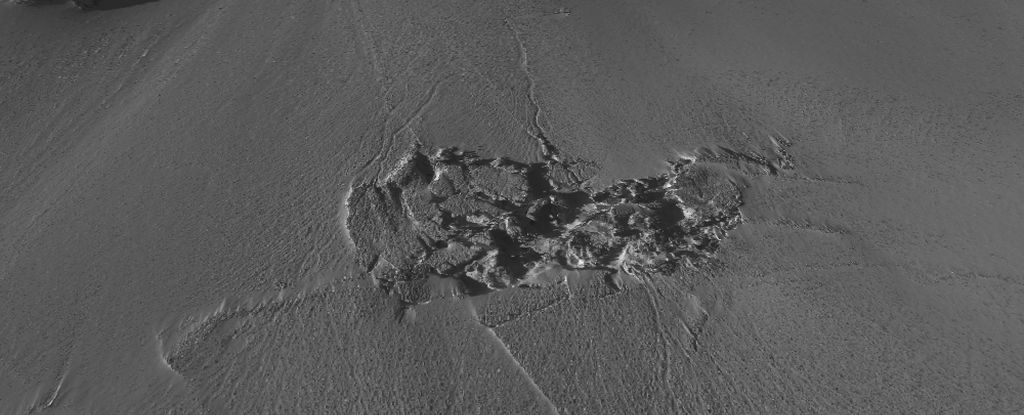In 2014, meltwater collected beneath the Greenland ice sheet erupted upward, causing significant surface destruction and flooding. This event marked the first documented instance of such a phenomenon in Greenland, revealing the power of subglacial water and its role in ice sheet dynamics. Jade Bowling, a glaciologist, emphasized the need to understand the evolution and impact of subglacial lakes.
The Greenland ice sheet, the largest on the island, can raise global sea levels by an estimated 7.4 meters if fully melted. Recent advancements in radar technology have enabled scientists to explore the complex subglacial environments, discovering that these areas host dynamic and liquid-filled lakes, sometimes referred to as "water grapes."
The researchers analyzed satellite data, observing a dramatic 85-meter drop over two square kilometers caused by a massive drainage of water, totaling around 90 million cubic meters. Unexpectedly, downstream areas exhibited large fractures and ice formations, indicative of the violent flooding that occurred.
Bowling noted that this study revealed new insights into how ice sheets respond to significant meltwater inputs, highlighting the importance of understanding subglacial hydrology to predict future changes in Greenland’s ice sheet. The findings were published in Nature Geoscience.


